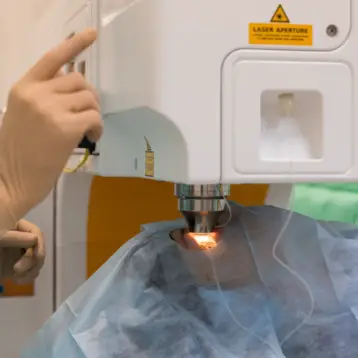Intel Corporation has recently announced the Intel Health Guide, a tablet-PC which offers management tools for health care professionals that treat patients with chronic conditions. The Health Guide represents Intel’s entry into a new category of personal health systems, and it promises functions beyond the simple, common remote patient monitoring systems, providing a wider range of processing abilities.
The Intel Health Guide received 510(k) market clearance from the U.S. Food and Drug Administration (FDA) in July 2008. It’s a comprehensive personal health system that combines an in-home patient device, the Intel Health Guide PHS6000, with an online interface, the Intel Health Care Management Suite. The result allows clinicians to monitor patients in their homes and manage their care remotely, thus making them available to a larger amount of patients simultaneously.
As a stand-alone device, Intel’s new tablet-PC has high potential to improve healthcare worldwide; however, without projects that utilize the device, its development is futile. Therefore Intel has collaborated with health care industry leaders around the world; their purpose is to validate the clinical benefits of the Health Guide, mainly for a wide range of chronic disease conditions. According to Intel, pilot studies have already been conducted in the US. These projects, as well as future ones, are planned with health care organizations such as Aetna, Erickson Retirement Communities, Providence Medical Group in Oregon and SCAN Health Plan.
Since clinicians have several existing working methods, the immediate goal is to integrate the Intel Health Guide with the existing care management models. Up until now, the studies have focused on the ability to demonstrate improved health outcomes for conditions such as heart failure, diabetes, hypertension and chronic obstructive pulmonary disease. The main advantages the new product offers include the enhancement of patient engagement and more efficient care management, possible due to the extended communication abilities between patients and health care professionals.
The Intel Health Guide’s features include access to patients’ data, tools to analyze vital signs, and management of patient reminders and surveys. In addition, it offers multimedia educational content and communications tools, such as video conferencing. According to Intel, the company isn’t settling for this sole product; they plan to use the core technology components of this device to build products targeted for new areas – such as independent living and programs for health and wellness management. Future technologies could even support new devices, such as mobile phones and PDAs, designed to improve health care as well.
“The Health Guide is a step forward in offering more personalized and effective management of chronic health conditions in the home,” said Louis Burns, vice president and general manager of the Intel Digital Health Group. “Intel has spent years researching the needs of both caregivers and patients, and we are now moving to launch a series of products that will help extend care from the hospital to the home. Our products will help address the challenges of an aging population and rising rates of chronic disease.”
TFOT has also covered the Motion C5 Mobile Clinical Assistant, which uses a new solid-state drive (SSD), the Vena Platform, a single-chip communications solution for health devices, with the capability to provide wired and wireless connectivity, and the development of a prototype biosensor that can be integrated into special fabrics, enabling better medical surveillance, developed by the European project BIOTEX. Other related TFOT stories include the Birth of the Cell Phone Microscope and the development of a process to transmit medical images via cellular phones, both providing technologies that could assist clinicians in remote areas.
For more information on the Health Guide, see Intel’s press release.









